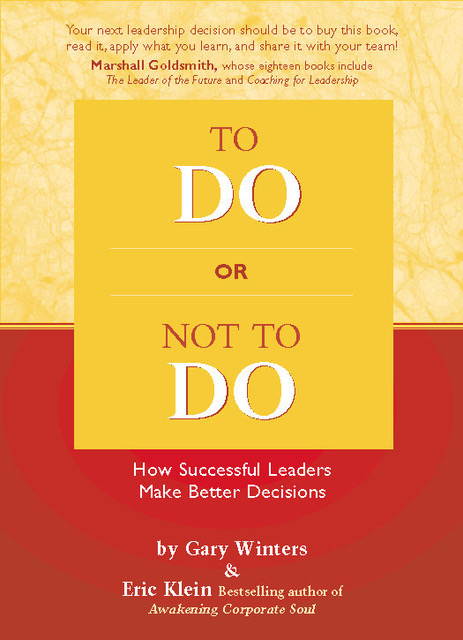I’ve come to believe that leaders can create transformative experiences when they focus on creating transparent organizations (or teams). To my mind, a transparent organization is one with the following characteristics:
Alignment: every stakeholder has a “line-of-sight” to the vision of the whole organization. Each person knows exactly how his/her contribution and performance assists the organization in achieving its goals
Passion: every stakeholder has a deep, personal commitment to the aims of the organization
Empowering language: gone are terms like span of control, boss, subordinate, chain of command, top-down, etc.
Shared decision making: when decisions are made, stakeholders are involved appropriately
Shared leadership: every stakeholder in the organization is a leader (someone who has the ability and the willingness to influence the direction to be taken)
Shared coaching: everyone is a coach, and everyone gets coached. Coaching is not the exclusive province of leaders or managers, but rather an expectation of everyone. Anyone can (and should, and will) coach anyone.
Shared responsibility: in the Transparent Organization, all stakeholders act as though each were 100% responsible for the outcome. Responsibility isn’t divided.
Clear, realistic yet optimistic performance expectations: stakeholders co-create goals and performance targets with their leader / mentor and receives feedback on their performance frequently.
Initiative: Stakeholders don’t wait to be told what to do, nor do they ask what to do. At a minimum, they recommend a course of action in a given situation, while (for the most part) they operate with autonomy, providing routine reports to their leaders, teams, and partners as needed.
Risk taking: Stakeholders take mindful risks to further the aims of the organization. They look for ways to improve, expand, enhance, be more effective or efficient, etc. As leaders (everyone’s a leader) they make a case for a new, different, or better way of doing things.
Clear communication: in the Transparent Organization, clear, frequent, open communication is a core value.
- Where are we going
- What are we doing
- How are we doing?
- What do we need to do?
A dual focus on achievement and fulfillment: Transparent Organizations exist for two reasons – to achieve a result (often described in the Mission Statement) and to enable stakeholders to achieve a deep sense of satisfaction and personal worth. One without the other will not prevail in the long run.
A sense of ownership: stakeholders in the Transparent Organization act as though they each “own” the organization, that it belongs to them. As such, they act as the owner of any enterprise would act, committing to its success, doing whatever it takes, etc.
A tolerance (or even passion) for mistakes: the Transparent Organization is a learning organization, and sees mistakes as “coachable moments” and learning opportunities.
A crystal clear, easy to remember, compelling vision and mission: the Transparent Organization has a clear picture of what it wants to create, understood by all stakeholders, who know it as well as they know their own name. It’s a source of energy, a rallying cry, a spirited description of the future.







